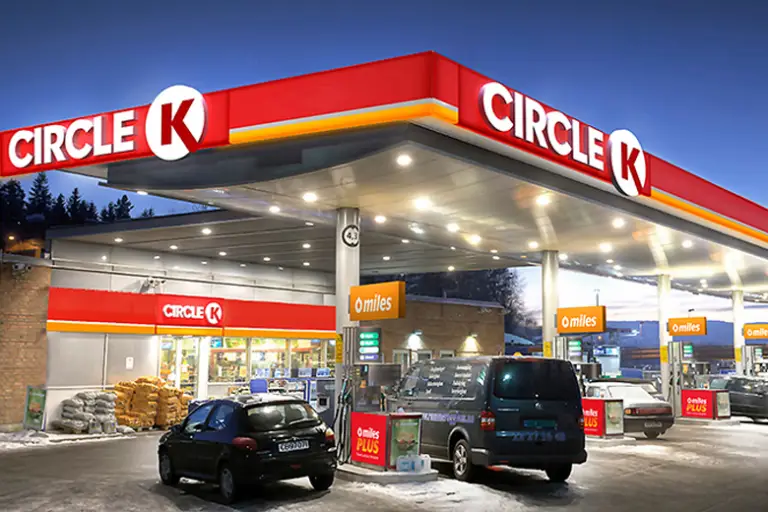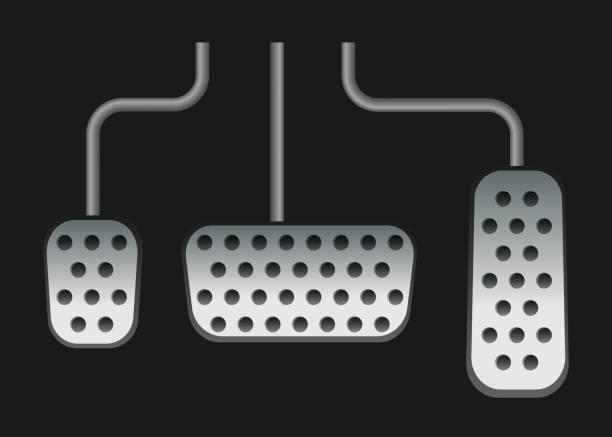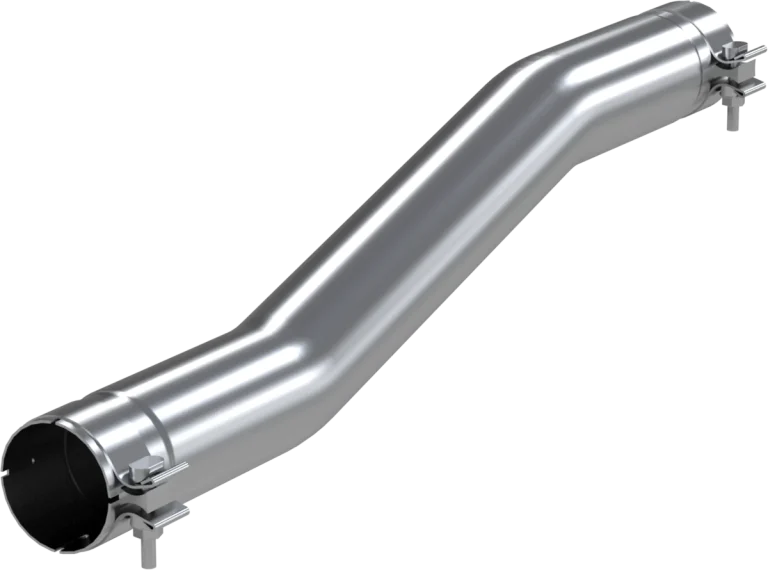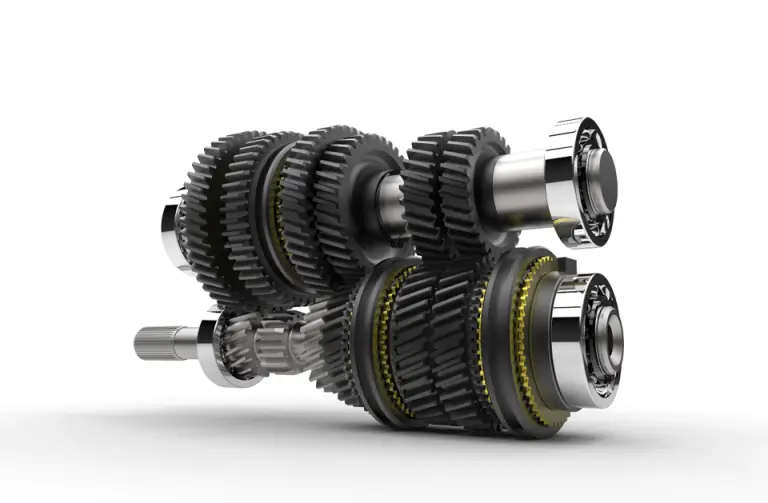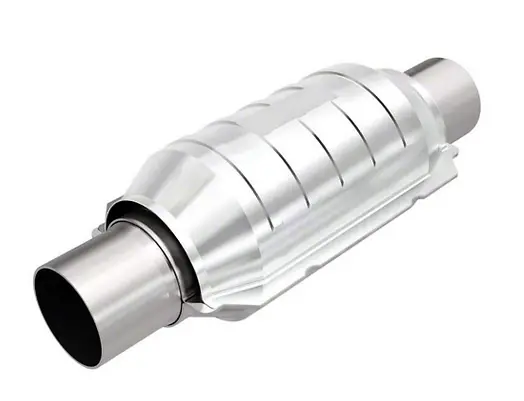Car Won’t Start After Getting Gas – What Are the Causes?
It can be embarrassing if your car won’t start after you fill it up. Do not worry! There are several reasons why your car won’t start.
You just filled up the gas tank and are ready to drive, but the engine won’t start. What should you do about it? There are some valid reasons the car won’t start when you get gas.
The most common reason a car won’t start is because of an EVAP purge control valve. The fuel Vapor will be pushed into the Intake Manifold.
A bad battery is one of the more common causes. There are various reasons why the car won’t start after a fill-up. We look at how you can avoid getting bad gas.
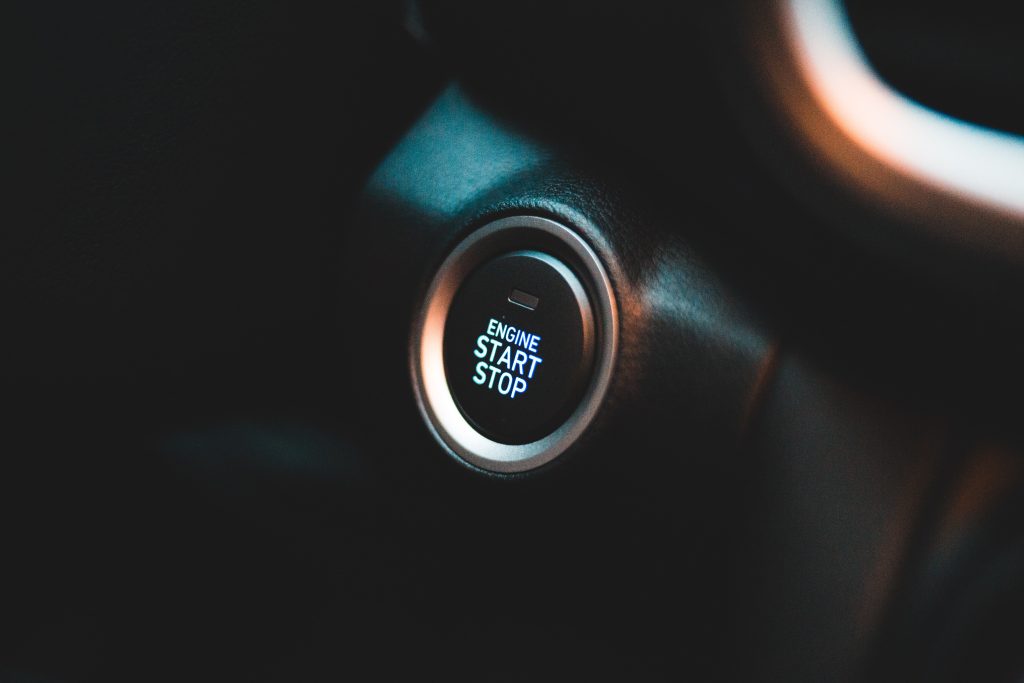
Reasons
Bad Evap Purge Control Valve
The most common reason your car won’t start is that the purge control valve is stuck open. The overpressure of air can be tight with the fuel nozzle if you fill the tank with fuel.
If the valve is stuck open, it will be pushed into the intake manifold.
While cranking the engine after a refill will cause your car to be difficult to start because there will be too much fuel in the combustion chambers.
Dead Battery
If the battery is dead or there is a problem with the connections, your car will not start.
If the lights seem dimmer or you are having trouble with the accessories, you may want to replace the car battery before it expires.
If you want to make sure the connection is strong, you need to clean it off frequently and use a baking soda solution.
Push the car out of the way of the fuel pumps if you need to jump-start the battery. You do not want to do anything near the pumps that could cause a spark.
Clogged Fuel Filter
The fuel filter is used to keep pollutants from entering the engine. The debris and dirt from the fuel can be cleaned.
If you notice other symptoms, you should see the problem before it becomes a problem. The performance begins to degrade and fuel efficiency begins to decrease.
If the fuel filter is blocked, the engine won’t be able to get the fuel needed, causing a no-start situation.
It might be necessary to change it every 20,000 to 30,000 miles based on the recommendations in your owner’s manual.
It is important to keep the system clean by using top-tier fuel.
Defective Fuel Pump
The fuel pump is submerged in the gas tank to make sure it runs at cooler temperatures. The fuel pump can become damaged if the fuel level is allowed to drop too low.
The failure of the fuel pump will provide you with other symptoms before it gives out completely.
It’s possible that the fuel pump is to blame for the engine sputtering or the vehicle stalling if you hear a whine from the tank.
If you want to diagnose a bad fuel pump, you will need to check the pressure with a gauge. Replacing it often proves to be difficult, just as this can be a complicated task.
Bad Starter
You will not be able to crank the engine if the starter fails. The starter motor is what starts the engine when you put the key in the ignition.
If you attempt to turn the key, you could hear a clicking sound. Thankfully, there are things you can do to get the engine moving.
You may be able to help it get past a dead spot by banging on it. If you drive a manual transmission vehicle, you may be able to start the engine.
Failing Alternator
Sometimes you have to replace the car battery because of the same problem. It seems like the battery has died again, but it could be a faulty alternator.
The battery is charged by the alternator while the engine is running. If it doesn’t work, the battery won’t last long.
You can use a multimeter to check the health of an electrical system. If the engine is off, you can test the battery voltage.
The reading should be in the range of 12 to 13 volts. While the engine is running, you want to read something else.
This time it will show a significant increase. If you don’t, it’s time to replace the alternator.
Issues with Spark
The fuel-air mixture inside the engine needs to spark plugs to ignite. When a plug fouls or becomes contaminated, the engine might fail first.
Problems starting the motor can be caused by this condition and other parts of the system.
Spark plug wires, as well as the ignition module, circuit, and switch, are things to think about.
To prevent problems, you should change the spark plugs based on the service recommendation in the owner’s manual.
FAQs
Why Does My Car Sputter After Getting Gas?
Your car may be sputtering because you are not using the correct type of fuel. There is a possibility that there is something wrong with your fuel system.
Fuel can get pushed into the intake manifolds if the EVAP purge control valve is malfunctioning.
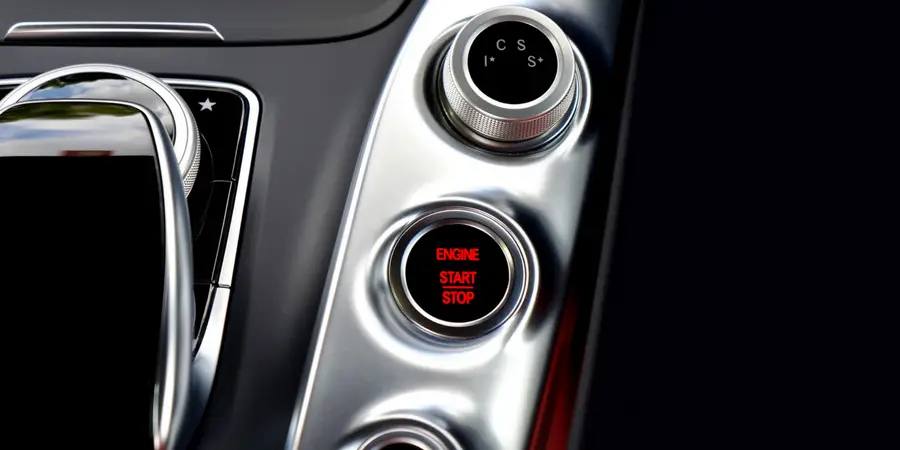
How to Prime a Fuel Pump After Running out of Gas?
An electric fuel pump in a modern gasoline car will build fuel pressure in seconds after you start it. To prime a modern gasoline car, you just have to wait a couple of seconds.
You may need to cycle the ignition a few times to build pressure on a diesel engine. The process is more difficult if your car does not have a pump.
Why Does My Car Shut off When I Put Gas in It?
When you fill your car with gas, there are several reasons why it shuts off.
A bad EVAP purge control valve could be to blame, as it causes fuel to be pushed into the intake manifolds during refueling.
You should not refuel with your engine running, but the problem needs to be fixed.

Truck driver by profession, automotive lover by heart. Ricky is the main publisher and editor at Truckile.com sharing his life-long knowledge and experience in the auto industry and truck driving!

